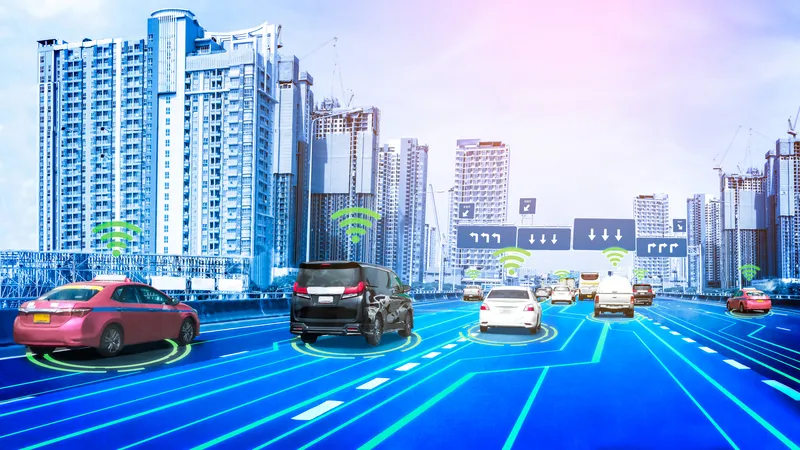The GENIVI Alliance, a non-profit alliance focused on developing an open in-vehicle infotainment (IVI) and connectivity software platform for the transportation industry, has launched the GENIVI Vehicle Simulator (GVS) open source project to test a new user interface for the GENIVI development platform (GDP) under simulated driver conditions. Both developer and end-user code is available immediately.
The GVS project and initial source code, developed by Elements Design Group, San Francisco and the Jaguar
September 26, 2016
Read time: 2 mins
The 6802 GENIVI Alliance, a non-profit alliance focused on developing an open in-vehicle infotainment (IVI) and connectivity software platform for the transportation industry, has launched the GENIVI Vehicle Simulator (GVS) open source project to test a new user interface for the GENIVI development platform (GDP) under simulated driver conditions. Both developer and end-user code is available immediately.
The GVS project and initial source code, developed by Elements Design Group, San Francisco and the Jaguar Land Rover Open Software Technology Center in Portland, Oregon, provide an open source, extensible driving simulator that assists adopters to safely develop and test the user interface of an IVI system under simulated driving conditions.
Open to all individuals wishing to collaborate, contribute, or just use the software, the GVS provides a realistic driving experience with a number of unique features including: Obstacles, which may be triggered by the administrator while driving. If the driver hits an obstacle in the virtually simulated environment, the event is logged as an infraction that can be reviewed after the driving session.
It also includes infraction logging including running stop signs, running red lights, vehicles driving over double yellow lines on a single highway and collisions with terrain, other vehicles, obstacles, etc.
At the end of a driving session, infraction review enables the administrator and driver to review infractions from the most recent session, with screenshots of the infraction along with pertinent vehicle data displayed and saved.
The GVS project and initial source code, developed by Elements Design Group, San Francisco and the Jaguar Land Rover Open Software Technology Center in Portland, Oregon, provide an open source, extensible driving simulator that assists adopters to safely develop and test the user interface of an IVI system under simulated driving conditions.
Open to all individuals wishing to collaborate, contribute, or just use the software, the GVS provides a realistic driving experience with a number of unique features including: Obstacles, which may be triggered by the administrator while driving. If the driver hits an obstacle in the virtually simulated environment, the event is logged as an infraction that can be reviewed after the driving session.
It also includes infraction logging including running stop signs, running red lights, vehicles driving over double yellow lines on a single highway and collisions with terrain, other vehicles, obstacles, etc.
At the end of a driving session, infraction review enables the administrator and driver to review infractions from the most recent session, with screenshots of the infraction along with pertinent vehicle data displayed and saved.










